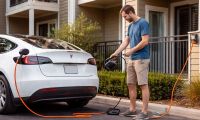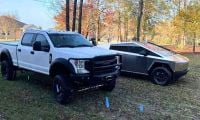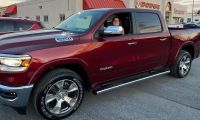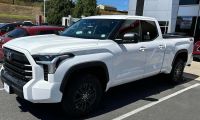Two days ago, Nissan launched its third generation LEAF. They are betting on a new version to revive its fortunes, having gone from mass-market EV pioneer to laggard since its first model entered showrooms in 2010. Sales of the third generation LEAF in the United States are scheduled to begin in fall 2025, with first deliveries expected by spring 2026.
The third-generation LEAF addresses many of the biggest complaints from previous models by making substantial improvements to comfort, performance, and charging. One of the most noticeable changes is the restoration of front legroom and cabin space, bringing back the roomy feel of the first generation. Nissan also replaced the outdated torsion beam with a multilink rear suspension, which significantly improves ride quality and handling. The new LEAF introduces a liquid-cooled battery system for better thermal management, a critical upgrade over the air-cooled setup in older models. It also adopts the North American Charging Standard, ensuring broader compatibility with fast chargers, which is essential in 2025.
The launch of the new LEAF has caused social media excitement. Here’s a recent post on Reddit by speg.
“This looks great, just at first glance. I think this will make EVs more popular in the general population.”
rjcarr responded with:
“I'm definitely interested in the specs, but even if they just heat managed the old LEAF and gave it NACS, 150KW charging, and a route planner that's about all that was necessary.”
bruddahmanmatt added:
"The car is an improvement all around. Liquid cooled battery is a must and they fixed the second gen LEAF’s front legroom situation, which was just awful. I’m glad the center console area once again mimics the first gen’s much more spacious setup. The car should also drive better given that Nissan ditched the torsion beam out back for a multilink setup."
Nissan’s Third-Generation LEAF: Smarter, Sleeker, and Poised for a Comeback,
Nissan is aiming to reclaim its leadership in the electric vehicle space with the launch of the third-generation LEAF, now redesigned as a sleek electric crossover. While official U.S. pricing has yet to be announced, Nissan has confirmed that the model will remain competitively priced despite import tariffs. Buyers will be able to choose from a 52-kilowatt-hour battery with up to 168 miles of range or a 75-kilowatt-hour version offering up to 303 miles in the U.S. The LEAF also supports 150-kilowatt DC fast charging, delivering up to 260 miles of range in just 30 minutes.
The new LEAF will be manufactured at Nissan’s Tochigi factory in Japan for North America and at its Sunderland facility in the United Kingdom for the European market. The Sunderland plant is part of Nissan’s EV36Zero initiative, a hub powered by renewable energy and designed to lead the company’s sustainable manufacturing future. While Nissan plans to shutter several other plants and cut thousands of jobs globally to reduce costs, both Tochigi and Sunderland will remain active to support EV production.
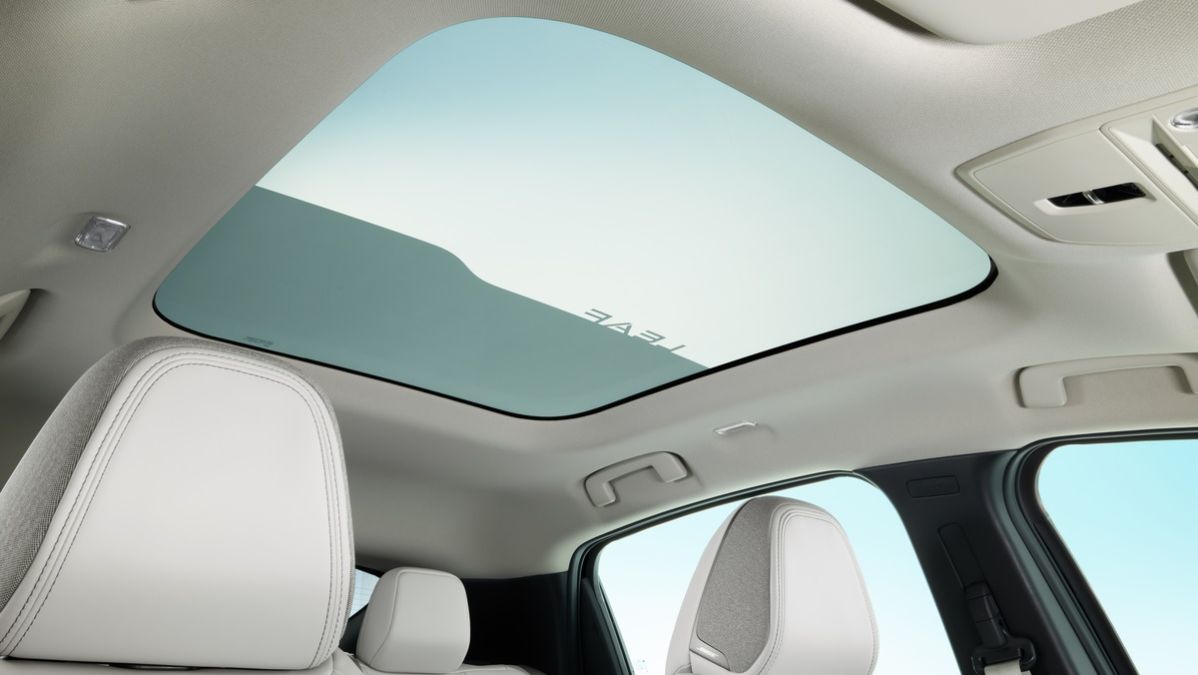
Despite its compact footprint, the LEAF is perfect for city streets and tight parking spaces. It offers a surprisingly spacious interior with 15.4 cubic feet of cargo space and a flexible storage area suited to everyday practicality. A powered liftgate and optional roof rails add to its versatility, making it a well-rounded option for both urban and suburban drivers.
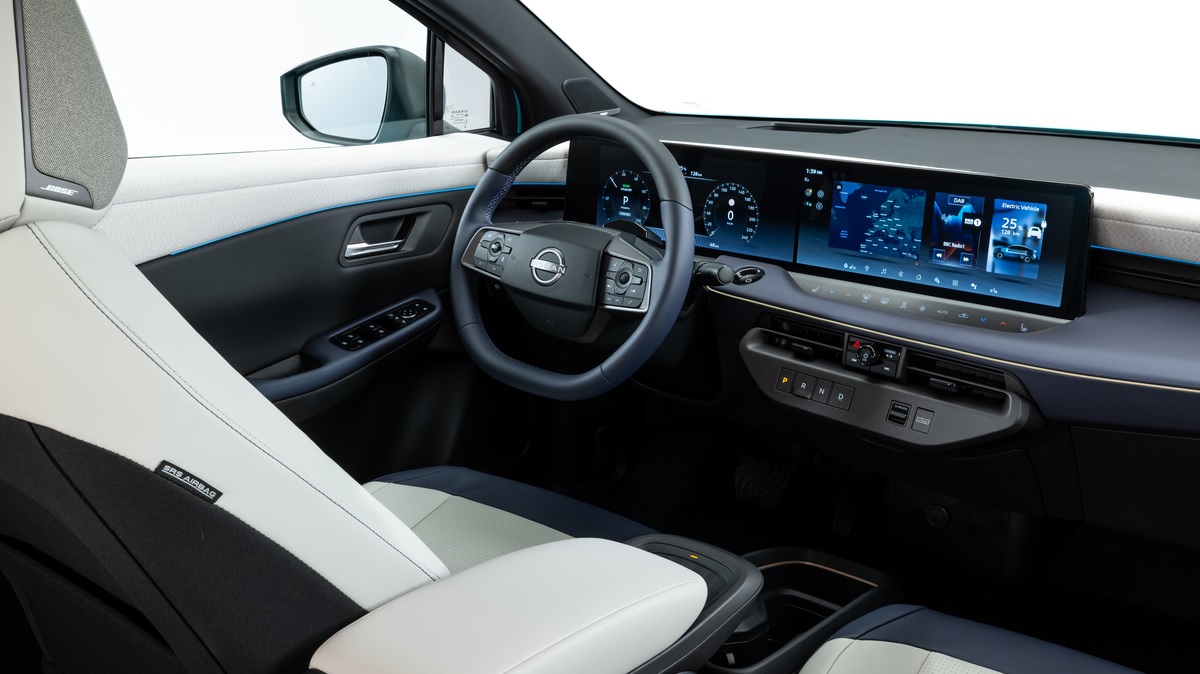
The new LEAF is packed with modern technology and designed for everyday convenience. Built on Nissan’s CMF-EV platform, also used by the Ariya, the vehicle offers smoother handling, improved suspension, and enhanced ride comfort. Inside, it features twin 14.3-inch Google-integrated displays with built-in Maps, Assistant, and Play Store. Drivers benefit from voice controls, ProPILOT Assist with Navi-link, and a 3D Around View Monitor. A clever Vehicle-to-Load (V2L) feature allows users to power small devices such as lights, laptops, or even a kettle directly from the car, ideal for camping or working on the go. Future-ready Vehicle-to-Grid (V2G) capability means the LEAF could one day help power your home or return energy to the grid, potentially lowering energy bills.
Whether you're a first-time EV buyer or upgrading from an earlier model, the all-new LEAF offers a compelling mix of affordability, innovation, and environmental responsibility. Nissan's bet on revitalizing its EV legacy could pay off if the market is ready.
Please Drop Your Thoughts in the Comments Below
Did you own a previous-generation Nissan LEAF? Would you consider buying the new one?
Is 303 miles of range and 150kW charging finally enough for daily drivers?
Chris Johnston is the author of SAE’s comprehensive book on electric vehicles, "The Arrival of The Electric Car." His coverage on Torque News focuses on electric vehicles. Chris has decades of product management experience in telematics, mobile computing, and wireless communications. Chris has a B.S. in electrical engineering from Purdue University and an MBA. He lives in Seattle. When not working, Chris enjoys restoring classic wooden boats, open water swimming, cycling and flying (as a private pilot). You can connect with Chris on LinkedIn and follow his work on X at ChrisJohnstonEV.
Image sources: Nissan media kit









